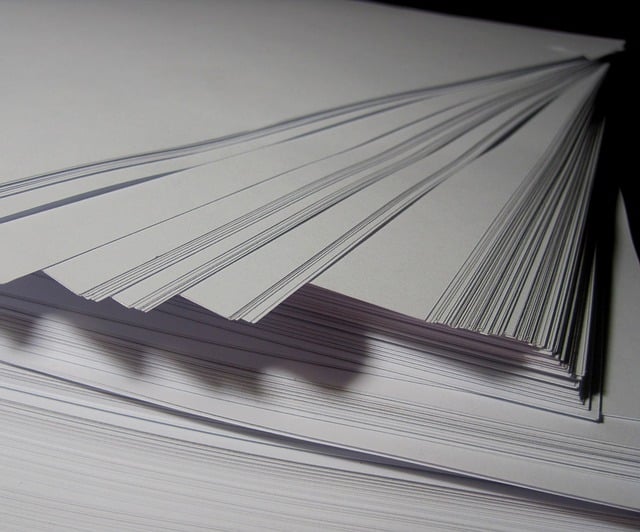
Paper is made from cellulose pulp.
Cellulose is a term that comes from the French word cellulose . This word , in turn, is formed by cellule (which can be translated as "cell" ) and the ending -ose ( "-ose" ).
Before moving forward with the definition of cellulose, therefore, it is worth focusing on its components. A cell is the fundamental unit of a living being, which has the capacity for independent reproduction and which has a nucleus and a cytoplasm enclosed by a membrane. The ending -ose , on the other hand, is used for the formation of sugar names.
What is cellulose
Cellulose is the polysaccharide that enables the development of the wall of plant cells . At this point it is important to indicate that polysaccharides are carbohydrates composed of an extensive chain of monosaccharides (sugars that cannot be decomposed, via hydrolysis , by simpler ones).
It can be said that cellulose, whose discovery took place in 1838 thanks to the research of the French chemist Anselme Payen , is a structural element for plants . It is not only present in the walls of plant cells, but it is also found in wood and other parts.
Its importance on paper
Cellulose is the main material of paper . In fact, a very thin sheet that is produced with pulp or cellulose pulp is called paper.
To obtain cellulose pulp, we work with the bark of the wood , which is crushed and moistened. The resulting substance is bleached and finally goes through a drying and hardening process.
Being produced with cellulose, paper requires trees to be cut down. Therefore, to avoid ecological damage, it is essential to guarantee the sustainability of the activity . It is also important to emphasize that paper can be recycled .

Cellulose allows the production of celluloid.
Other uses of cellulose
Multiple products can be generated with cellulose. One of them is celluloid , a highly elastic plastic that is used in film and photography .
Celluloid films are tapes of this material that, when impressed, hold images. Photographic printing is the procedure that, by appealing to light, makes it possible to obtain still images, which can then be projected.
Cellulose nitrate also makes it possible to manufacture varnishes , lacquers and paints . It is even used to make explosives that are valued for being malleable and for showing greater stability than gunpowder .
Energy source
As it is a carbohydrate (also referred to as carbohydrate or carbohydrate ), cellulose is an energy source . However, human beings cannot take advantage of it as they do not have cellulase , which is the enzyme that is responsible for its decomposition.
In any case, cellulose in the human diet contributes to digestion even though it is not a nutrient . In this case, cellulose is part of the dietary fibers that help intestinal function.
In the case of ruminants and other animals , their stomachs contain microorganisms that have cellulase and, therefore, allow their use as a source of energy.
